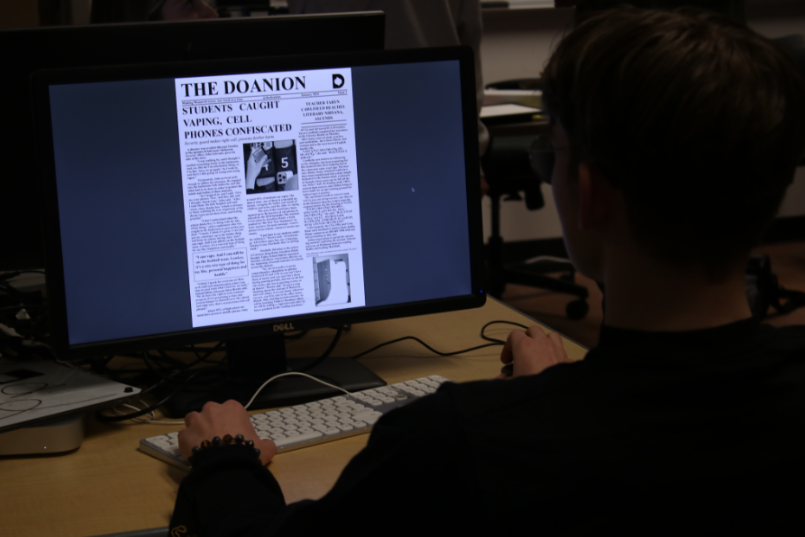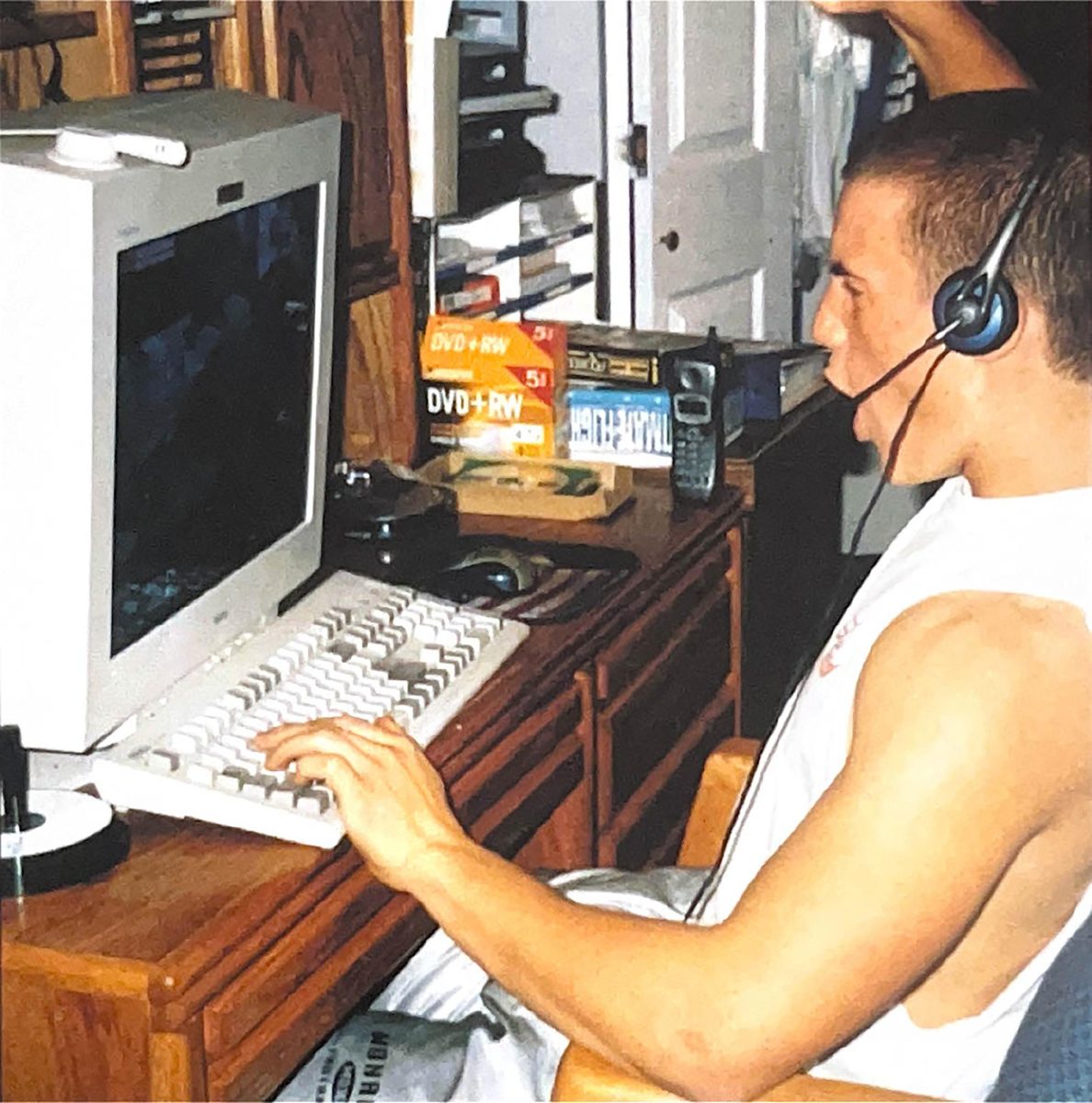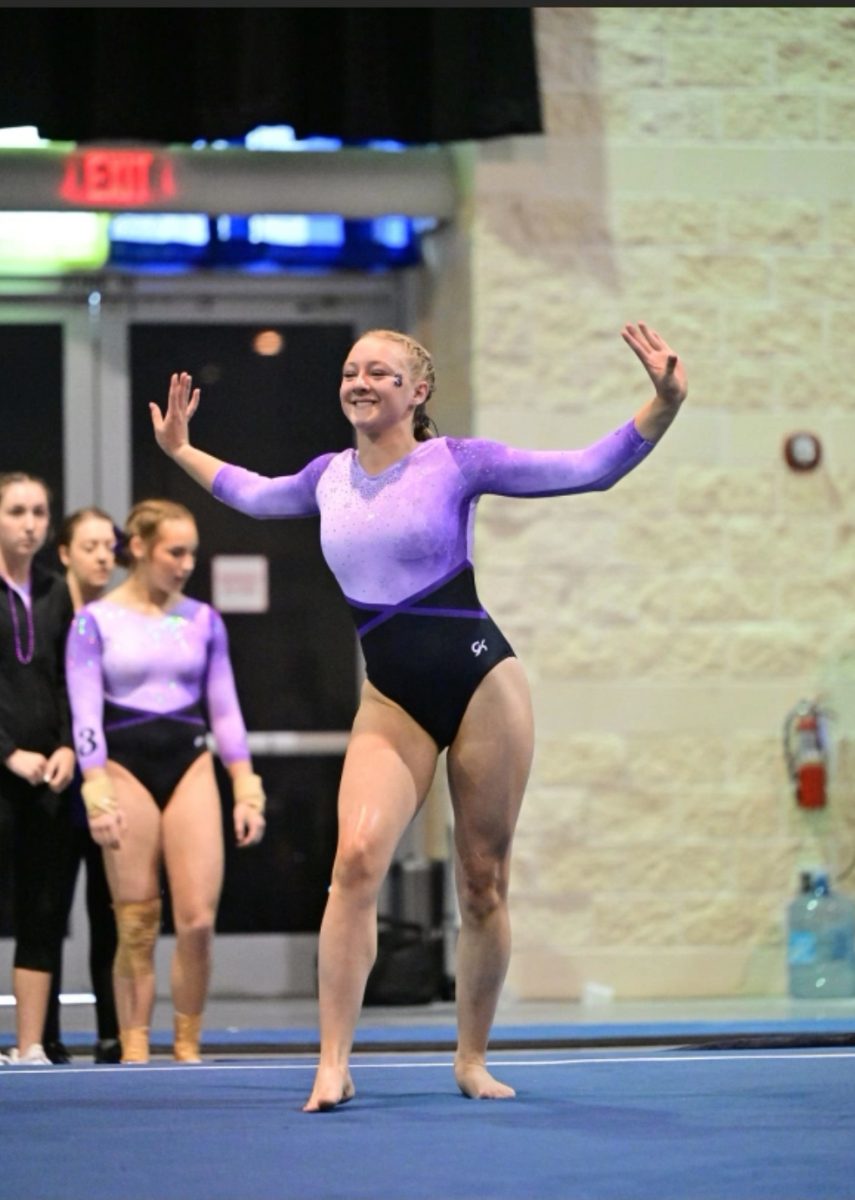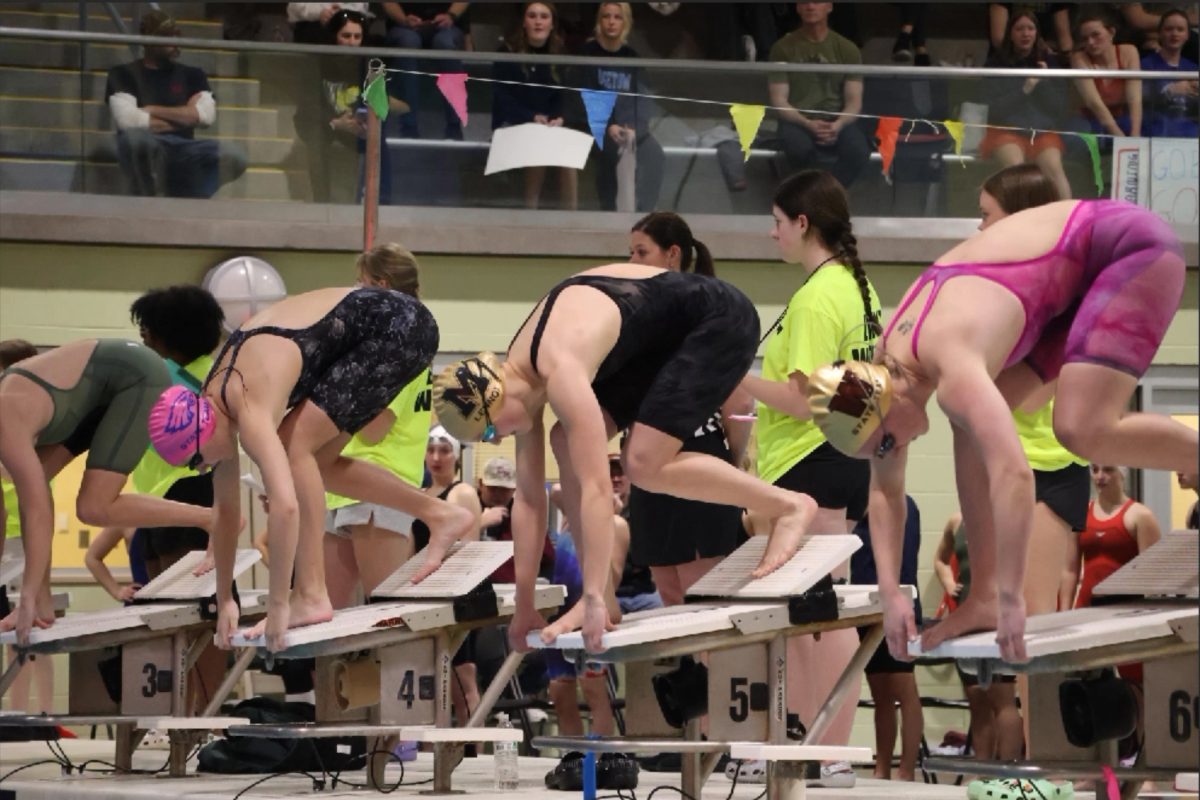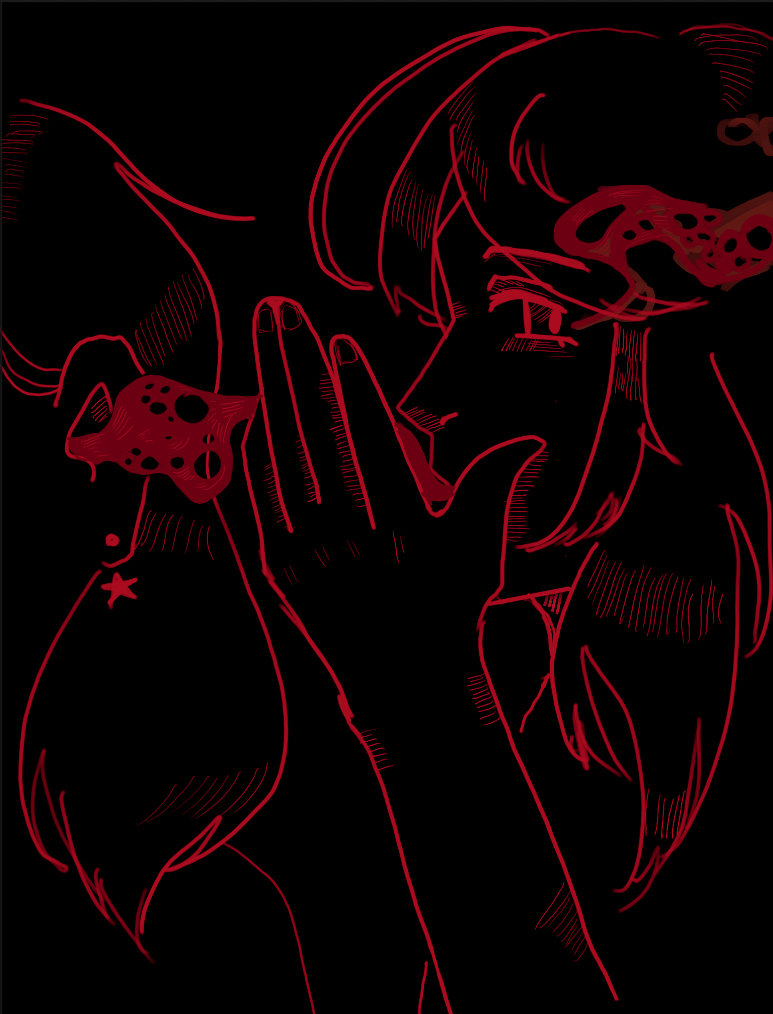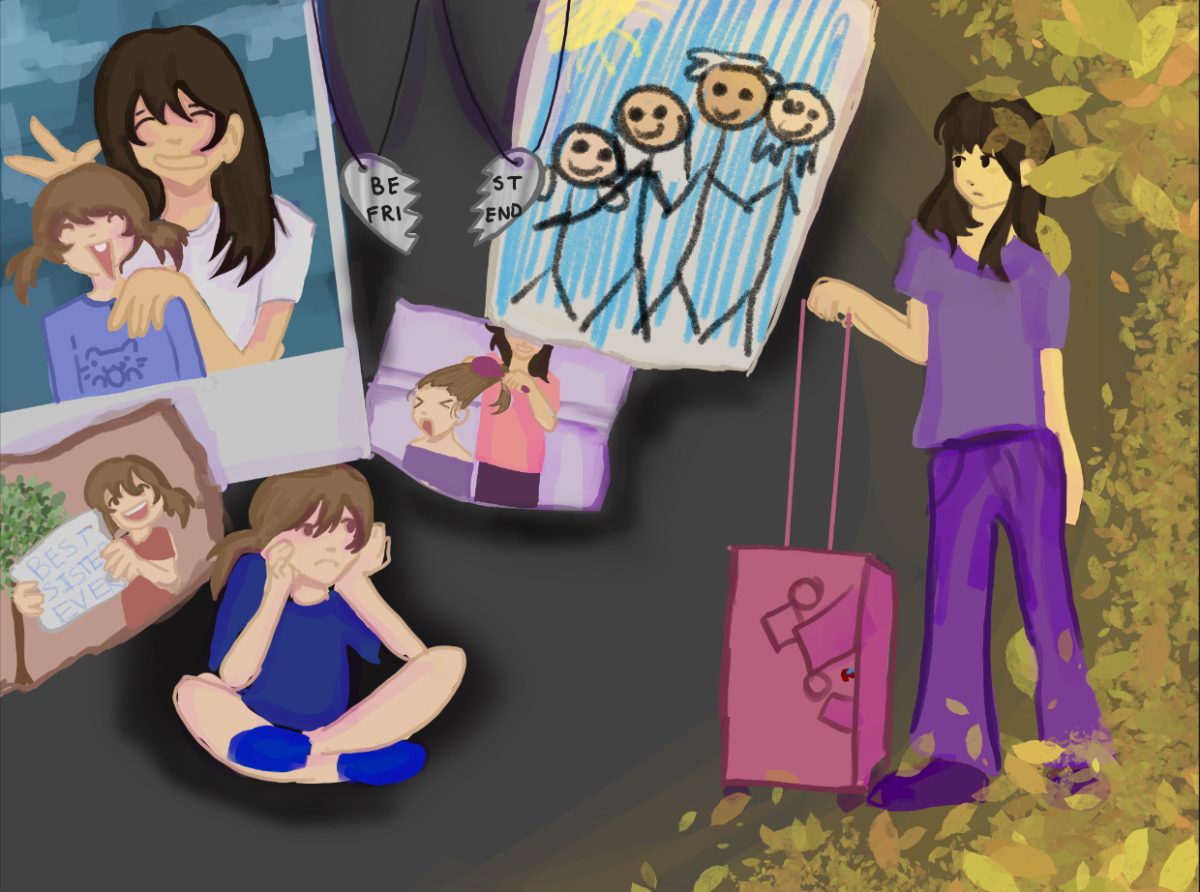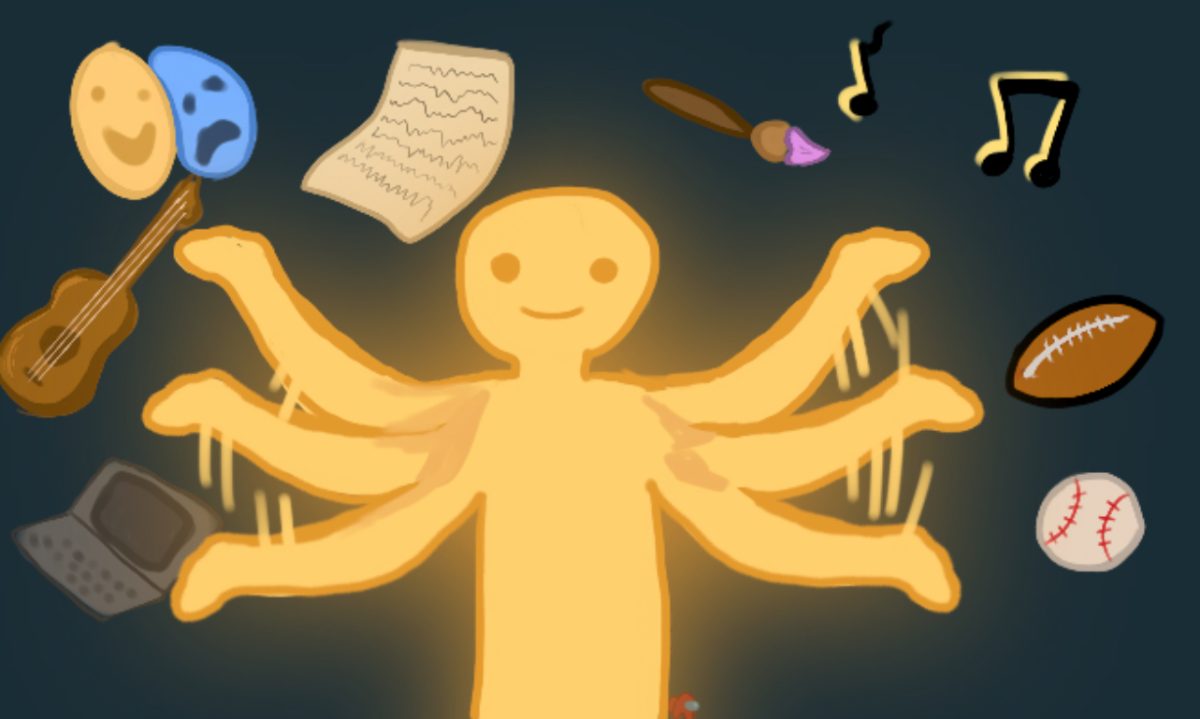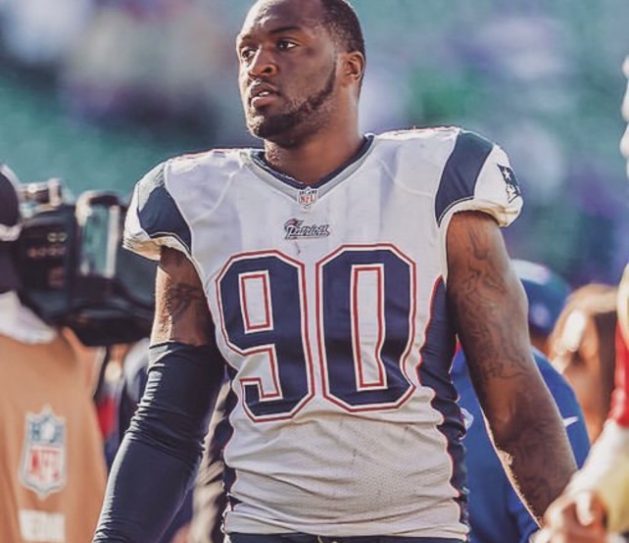Lying unconscious on the polished wood floor, Jordan Ellerington’s life had just changed forever. On December 5th, 2023, the first game of the Monarch girls basketball team’s season, Ellerington took a hit that would end her basketball career forever.
“I was unconscious for around two minutes,” Ellerington said. “I’ve never seen [girls basketball Coach Mike] Blakely so scared.”
Though terrified, Ellerington was certain she would be okay. She requested not to be taken to the hospital by ambulance and was instead driven by her parents.
“First, they were worried that I had some brain bleed, but I didn’t, which is really good,” Ellerington said. “Then they were like, ‘Oh, yeah, it’s just a concussion, treat it like every other concussion,’ which was not true. It turned into something way more.”
Ellerington had five concussions in the past, which only made this one more severe. She was experiencing headaches, lightheadedness, and slurred speech. As her symptoms worsened, Ellerington returned to the concussion specialist. She was informed that she had a Traumatic Brain Injury, commonly known as a TBI.
The TBI changed Ellerington’s life: unbearable headaches, the inability to do a full day of schoolwork, and memory loss. What had once been memories were now exclusively pictures in a photo album.
“I don’t really remember a lot of my childhood,” Ellerington said. “I can remember freshman year, but I don’t remember sophomore year. People would talk to me and I would be like, ‘I don’t remember that happening.’”
While brain injuries are uncommon at Monarch, they are almost an everyday occurrence in professional athletics.
Certified brain injury specialist Mark Van Steenberg works with active and former NFL players. He treats concussions and brain injuries just like Ellerington’s.
Van Steenberg’s primary goal is to prevent players from developing Chronic Traumatic Encephalopathy, known as CTE.
CTE is a post-mortem neurodegenerative disease often caused by repeated impacts to the head.
The disease is serious, and its symptoms include memory loss, confusion, and anxiety, along with depression, aggression, and even suicidal tendencies.
Especially considering the severe consequences from repeated hits to the head, it’s vital to treat brain trauma patients sooner rather than later.
“When you have brain trauma on board, it becomes this long-term building block to CTE,” Van Steenberg said.
Built-up concussions can leave a high percentage of professional football players with post-mortem CTE and life-long mental health issues. According to a study by researchers from Harvard Medical School, Harvard T.H. Chan School of Public Health, Massachusetts General Hospital, Brigham and Women’s Hospital, and Spaulding Rehabilitation Hospital, one-third of former NFL players have claimed to have CTE.
Contact sports create high risks for any participant. The current most concerning risk is mental health.
“If depression runs in your family and you’re a football player that makes it to the NFL, you could get hit and suffer severe brain trauma,” Van Steenberg said.
With mental health issues on top of multiple brain injuries, it’s difficult to find joy in daily things.
“You can see how hard it’s going to be to cultivate happiness when someone has brain trauma,” Van Steenberg said.
Brain injuries can even affect the way someone completes their tasks.
From struggling to process reality to forgetting important moments, the impacts of TBI can show up every day.
“Somebody says, ‘Hey, so and so, take the trash out and take the dogs for a walk.’ Your brain only computes ‘take the trash out.’ You didn’t even hear ‘walk the dogs,’” he said.
Rather than focusing on just injuries, Van Steenberg takes time to treat players who have mental health issues due to brain trauma. One of his business contributors, Super Bowl 49 Champion Zach Moore, has discovered strategies to find peace in fitness after sustaining multiple concussions.
However, even with help from Van Steenberg, simple everyday tasks slowly turned into chores.
“Tying my shoe or bending down to pick up something that I dropped, or reaching up in the cabinets for something, that becomes increasingly difficult,” Moore said.
Moore hasn’t only suffered physical setbacks from his time in the NFL. He has also struggled with his mental health.
“With memory loss, sometimes something can be on my mind in one second, and I’ll go into another room and I completely forget what I was just thinking about,” Moore said.
After his career came to an end, Moore found Van Steenberg through a mutual friend. Van Steenberg has aided him throughout his post-football journey and supported him through his newfound struggles with physical and mental health.
“I’ve had several therapists, but he was one of the very few that really helped me navigate this mental space that I’m always going through,” Moore said.
Although Moore’s condition is serious, high school football players are actually at a higher risk of getting a concussion than their professional counterparts, and that number is on the rise.
“There’s a risk in playing high school contact sports,” Van Steenberg said. “You’re definitely risking it when you go out there.”


